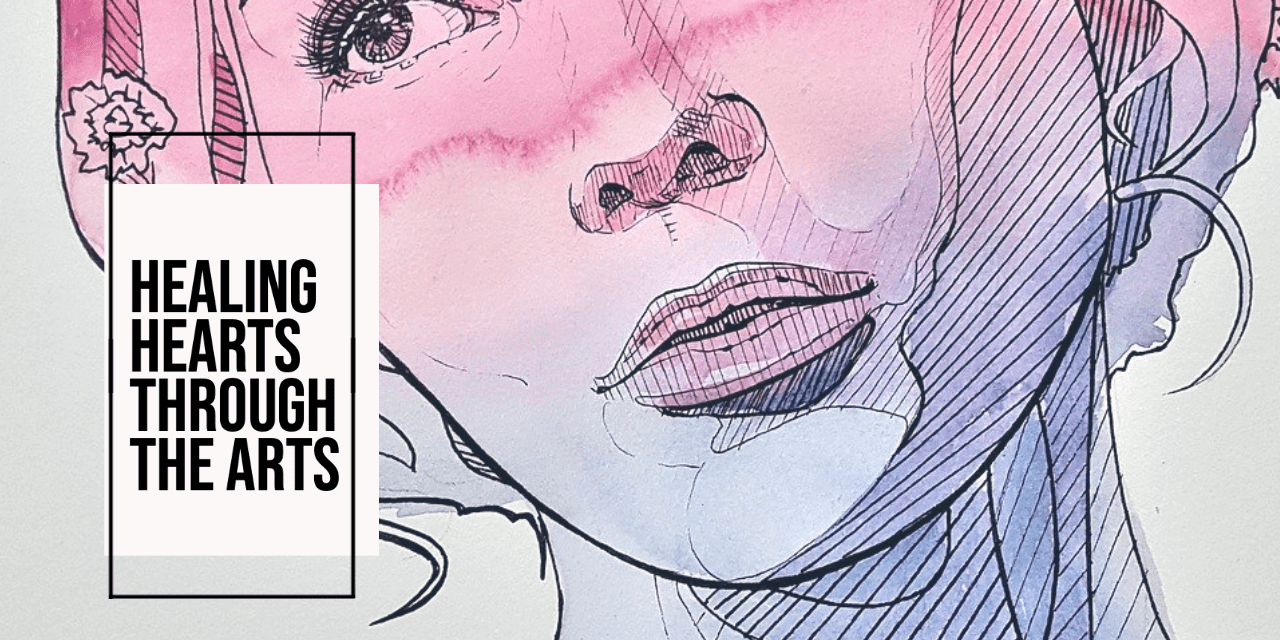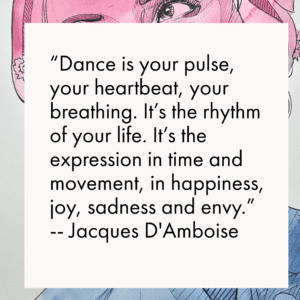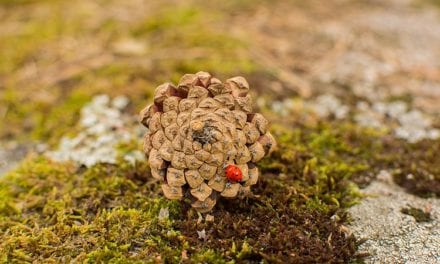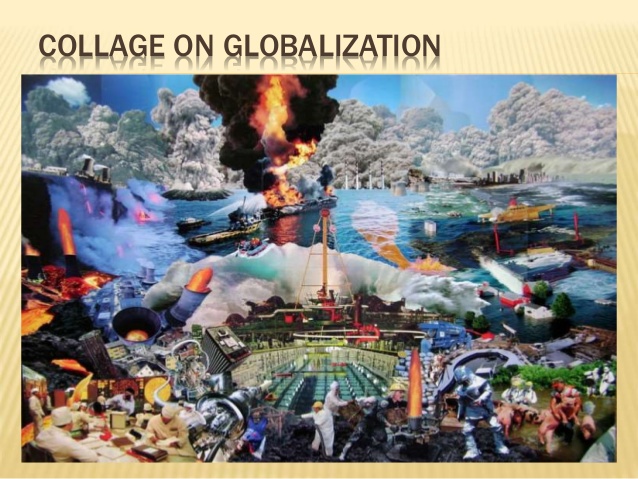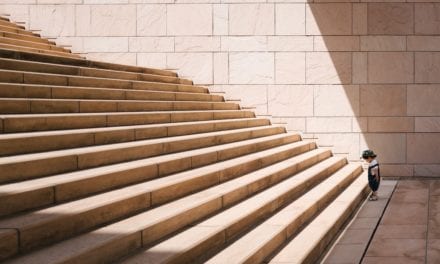It has been a challenging year, both in schools and in the world. Last month, during the fourth Arts Connection online session organized by the MAD2 DEEN committee for the Arts, we asked: How can the Arts act as a healing element in these times and what can be our role as Arts educators? This post explores what we discovered about ourselves and about our students, and where we might go from here, as the pandemic grinds and creaks through its next phases.
Participants
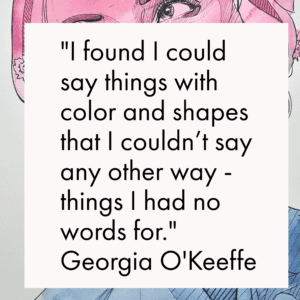 The Arts Connection sessions attract Arts educators of all stripes. In the March session, we had participants who taught at elementary schools, where their subject had been sidelined temporarily (most often music) in favour of visual or other arts – usually because of the particular way that the program had been approached before the pandemic. For instance, if choral singing and wind instruments were the core of the music curriculum at a particular school, they were shelved for this year. A school with more percussion or string instruments might have gone ahead with its music classes with some modifications and a disinfecting protocol. In high schools, the two biggest challenges have been without a doubt hybrid and online teaching – with cohorts attending classes one day out of two. Some teachers are having to teach their arts subject online and in person simultaneously, and this, every day, adds an exhausting layer of complexity to a situation that has already stretched their professional capabilities.
The Arts Connection sessions attract Arts educators of all stripes. In the March session, we had participants who taught at elementary schools, where their subject had been sidelined temporarily (most often music) in favour of visual or other arts – usually because of the particular way that the program had been approached before the pandemic. For instance, if choral singing and wind instruments were the core of the music curriculum at a particular school, they were shelved for this year. A school with more percussion or string instruments might have gone ahead with its music classes with some modifications and a disinfecting protocol. In high schools, the two biggest challenges have been without a doubt hybrid and online teaching – with cohorts attending classes one day out of two. Some teachers are having to teach their arts subject online and in person simultaneously, and this, every day, adds an exhausting layer of complexity to a situation that has already stretched their professional capabilities.
Highlights from Discussions
Discussions were structured around a series of questions regarding participants’ experiences teaching an Arts subject during the 2020-21 school year. While personal insights certainly differed, some common threads emerged, notably regarding providing students with choice and creating a safe learning community both on- and off-line. Another common thread involved the changes to the performing arts which have led to a welcome respite and the opportunity to refocus.
Providing Students with Choices
Many teachers expressed that they have given over more power to the learners to make choices based on their interests about repertoire and the direction of pieces produced. Some teachers held brainstorming sessions with their students to plan upcoming activities, thereby giving students a stake in the process and solidifying the online learning community. Teachers also used breakout rooms to allow students to improvise in smaller groups, which perforce necessitated a giving up of control on the part of the teacher and trusting students with their own learning. This is more easily done when all the other ducks are in a row: when students have selected activities, when they have made choices, and when they feel trusted enough to let go and make art.
Creating a safe learning community
Choice-making only really works well when students feel safe and trusted to make good decisions. This doesn’t happen overnight, especially if students are not used to being trusted or having choices. Providing students with choices when they are not used to having any can backfire as students may adopt a ‘wait and see’ posture to make sure that there isn’t a catch. Transparency on the part of the teacher, as well as dialogue and democratic classroom functioning are some necessary elements to establish a safe learning space for art-making. Teachers reported making the time to talk to students one-on-one, as well as allowing them to be themselves and use their home spaces as springboards for creativity. Teachers also noted that time is a factor, as it takes time to establish a safe online space, and teachers are learning as they go.
The Show Must Go On?
Teachers from the performing arts have seen regular programming suspended and have had to adapt their approaches to new realities. Some teachers have structured shows or performances around COVID guidelines, and have adapted staging for 2m distancing. They have also turned to technology for choral singing, choreography, and final performances. Some teachers have eschewed performances altogether and found themselves at times nostalgic, relieved, and introspective. “No performances, no expectations, no deadlines,” said one elementary school music teacher. “I found myself asking – what is music?”, said another. Sometimes, when we cannot access something from the outside, we find ourselves accessing it from the inside.
Mental Health
A non-trivial issue that arose during discussions is the mental health of both students and teachers. In different ways, both educators and learners are being stretched in unexpected ways. The French-language newspaper La Presse published an in-depth look at a high school in Huntingdon in which it highlighted some of the bleakness felt by students, who, due to their young age, lack the necessary perspective to understand that their life trajectory is not in jeopardy. Teachers struggle with black boxes instead of students’ faces and sometimes feel as though they are teaching into the void or not doing a good enough job. While systemic responses would be welcome, we need to take the time to acknowledge each other and the resilience we demonstrate every day. Teachers and students alike need to know that they are doing a good job.
Final Thoughts
The session started out with participants choosing a quote about art that spoke to them. It is clear from the words of these artists that the function or purpose of art-making is not to create something that looks pretty or is pleasing. Artists from across the spectrum speak of art as a way to access the human experience, in all its beauty, its ugliness, and all the shades in between. Art education during the pandemic is uniquely positioned to allow students to process experiences and emotions that are difficult or traumatic. We cannot forget that the students coming into our art classrooms, music rooms, or studios are complete human beings that carry with them the imprint of their experiences. To ignore this due to limiting beliefs about curriculum requirements is to deny students the opportunity of working through complex human emotions through the art form that we have the privilege of teaching.
Files from the Online Session
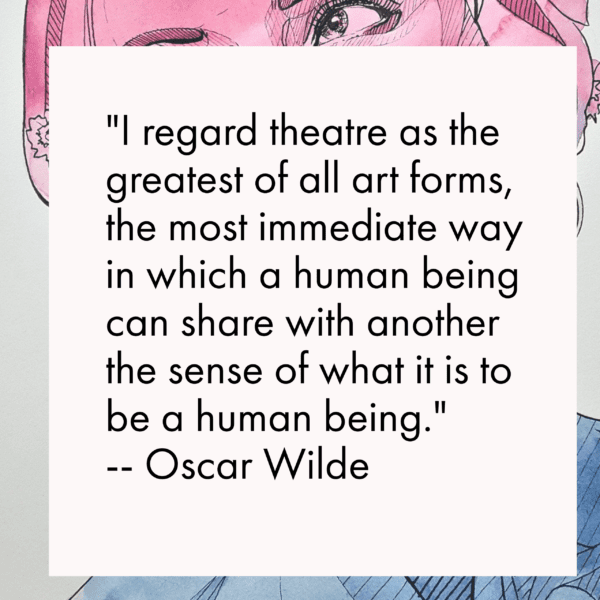
Jamboard
https://jamboard.google.com/d/1J1xwiZdugS1dcvbgtU_cHehg4f7FUnS6e1rZXxDv10A/edit?usp=sharing
Presentation
https://docs.google.com/presentation/d/12ztxOl3DWlcx7PqxuE4lz1VtVg7XC2YvO2YZ8pzFr5k/edit?usp=sharing
Resources
Lacoursière, A. & Jean, O. (2021, January 16). Des élèves à fleur de peau. La Presse. https://www.lapresse.ca/actualites/education/2021-01-16/retour-en-classe-au-secondaire/des-eleves-a-fleur-de-peau.php.
Wallace editorial team. (2020, September 22). Pandemic brings challenges (and opportunities) for arts education. Wallace Foundation. https://www.wallacefoundation.org/news-and-media/blog/pages/pandemic-brings-challenges-and-opportunities-for-arts-education.aspx

